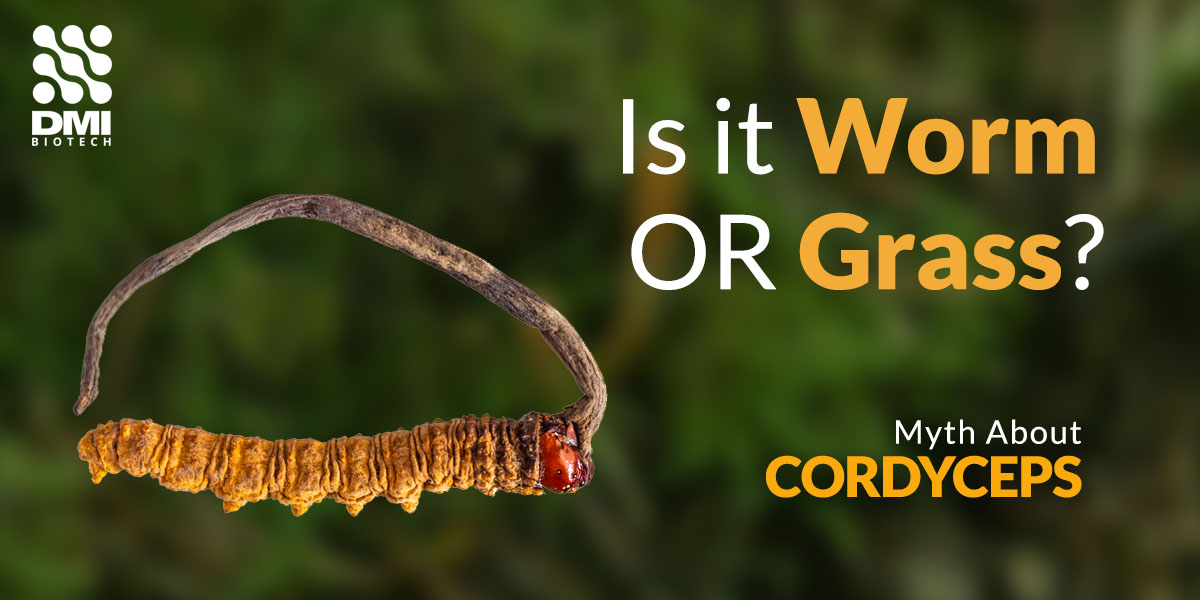
This peculiar traditional herb is called Ophiocordyceps Sinensis, previously known as Cordyceps Sinensis, scientifically classified under the family of Ohpiocordycipitaceae (a family of parasitic fungi). Due to its unique characteristic, it is being named as yartsa gunbu by the Tibetan native literally known as ‘Winter Worm Summer Grass’, in Chinese dōng chóng xià cǎo (冬虫夏草-简体 / 冬蟲夏草-繁体), Japanese Tōchūkasō; Nepali: Yarsha-gumba (यार्सागुम्बा); Burmese: Keeda Jadi.
Ophiocordyceps Sinensis is a mummified ghost moth larvae which had been infected by fungus, this entomopathogenic fungus parasitized the larvae, growing along with the moth larvae for around 2-3 years until complete vegetative, and the fruiting body then erupts from the tip of the head of larvae / worm. As a result, the creature has a mummified worm body and grass-like fruiting body that emerged from the soil. The dark brown stalk-like fruiting body normally around few centimeters long emerges from the corpse and stands upright.
The natural habitat of these ghost moth & cordyceps sinensis fungus is in higher altitude of 3,00m to 5,000m of Tibetan Plateau in China and across the Himalayan regions of Bhutan & Nepal. For your information, the tallest mountain in Malaysia , Mount Kinabalu is around 4,095M in height.


